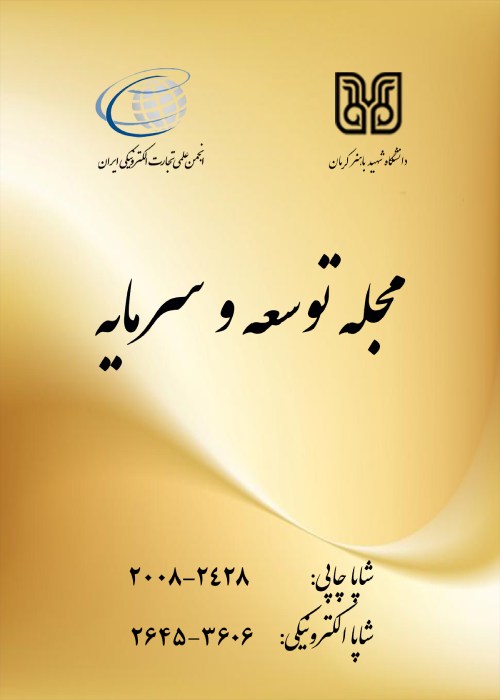Determining the Dominant Sector in Iran's GDP and Its Effect on Economic Growth
The sustainability of economic growth, the development of the industrial sector, the service sector, the agricultural sector and the oil sector are at the forefront of economic discussions in developing countries. Because economic growth and development is the product of interactions between different economic sectors. The importance of identifying the large economic sector of each country and determining the share of each sector in the future improvement and performance of each economy and country is one of the most important issues studied by economic planners of each country. So that the effect of decisions and policies of each economic sector can have different economic and social effects on the economy of each country. Therefore, the main purpose of this study is to determine the dominant sector among the sectors of agriculture, industry, services and oil in the Iranian economy. Also, the effect of each of these economic sectors on economic growth has been studied and analyzed.
In order to determine the dominant sector in the Iranian economy among the economic sectors (agriculture, industry, services and oil), the Herfindahl method has been used. In order to investigate the effect of each economic sector on economic growth, the distributed intermittent auto regressive distributed lag (ARDL) method has been used. The data of the present study from 1978 to 2017 were extracted from the site of the Central Bank of Iran and then examined. Considering that the results of this research can be used in the decision-making process of economic planners, it is applied in terms of the purpose of this research.
The results of Herfindal index show that the service sector is the dominant sector in the Iranian economy in terms of size, which means that the service sector has the largest share in terms of size in terms of GDP. Also, after the services sector, in terms of share, the oil sector, industry sector and agricultural sector have formed other sectors of the Iranian economy, respectively. While the results of the estimate show that there is a positive and significant relationship between value added of services, industry, agriculture and oil with economic growth in the short and long term. On the other hand, the findings of the model with auto regressive distributed lag (ARDL) show that the effect of oil in the short term and services in the long run on Iran's economic growth was greater than other sectors, so that even in the short and long term, respectively The second place in terms of impact after the services and oil sector is on economic growth. Examination of the error correction factor also shows that in each period, 69% of the imbalance in different economic sectors moves towards the long-term value.
According to the results of the study, the oil sector can be mentioned as an important part of economic growth. While the agricultural sector has played a very weak role on economic growth during the period under review. So that the agricultural sector, both in terms of size and impact, has the lowest amount of the country's economy.
- حق عضویت دریافتی صرف حمایت از نشریات عضو و نگهداری، تکمیل و توسعه مگیران میشود.
- پرداخت حق اشتراک و دانلود مقالات اجازه بازنشر آن در سایر رسانههای چاپی و دیجیتال را به کاربر نمیدهد.


